Drinking Water Institute
Michigan, Ohio and Ontario
April 2 - 8, 2017
Lack of access to clean, safe drinking water is often seen as a problem suffered in "developing" countries. Recent events in North America, however, have highlighted the fact that our own water is not to be taken for granted.
There is no better place to explore these issues than the Great Lakes -where 40 million people get drinking water from a basin holding one-fifth of all of the world's available fresh surface water. From April 2nd through the 8th, 2017, IJNR took a group of journalists out into the field to see how safe, clean drinking water is "made" and what issues threaten that supply.
During this week-long trip, participating journalists:

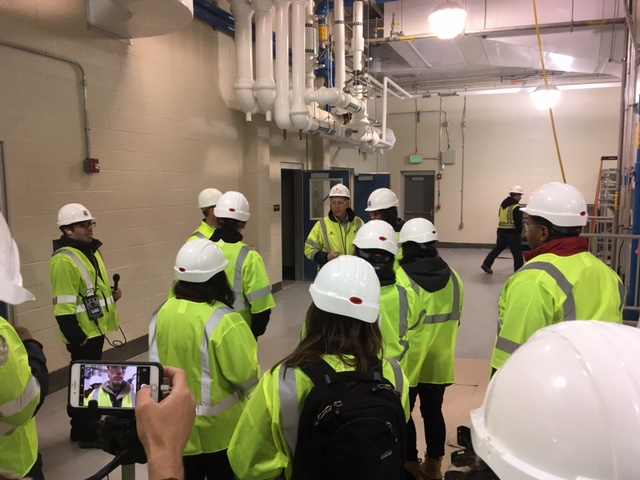

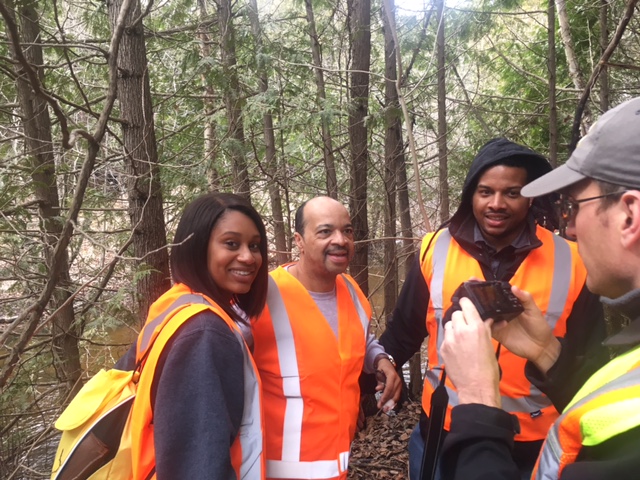

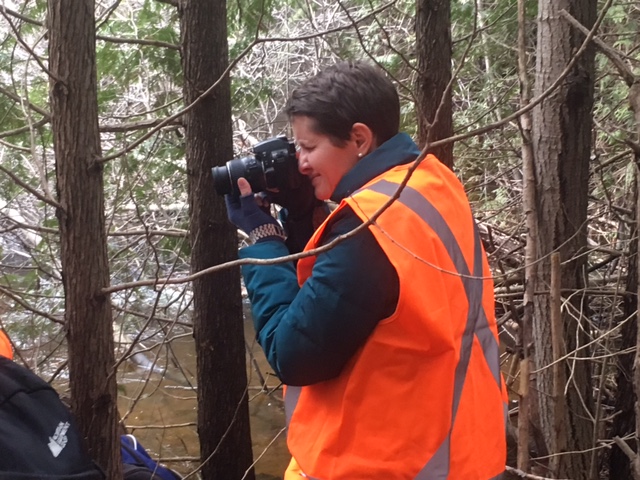

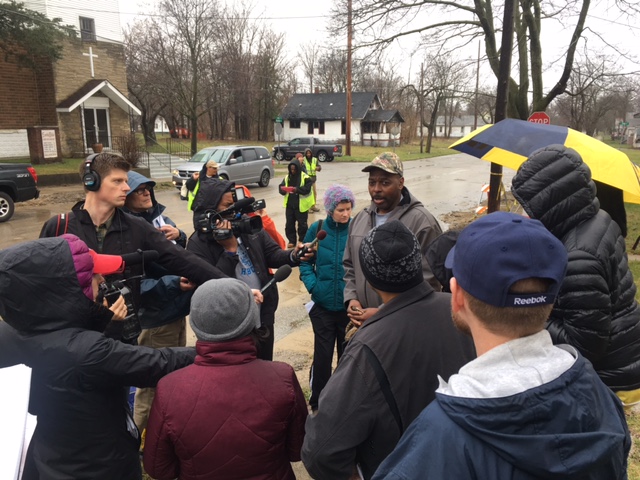

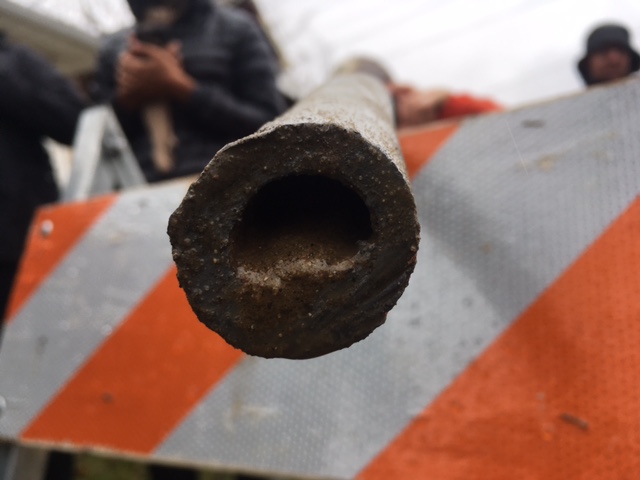
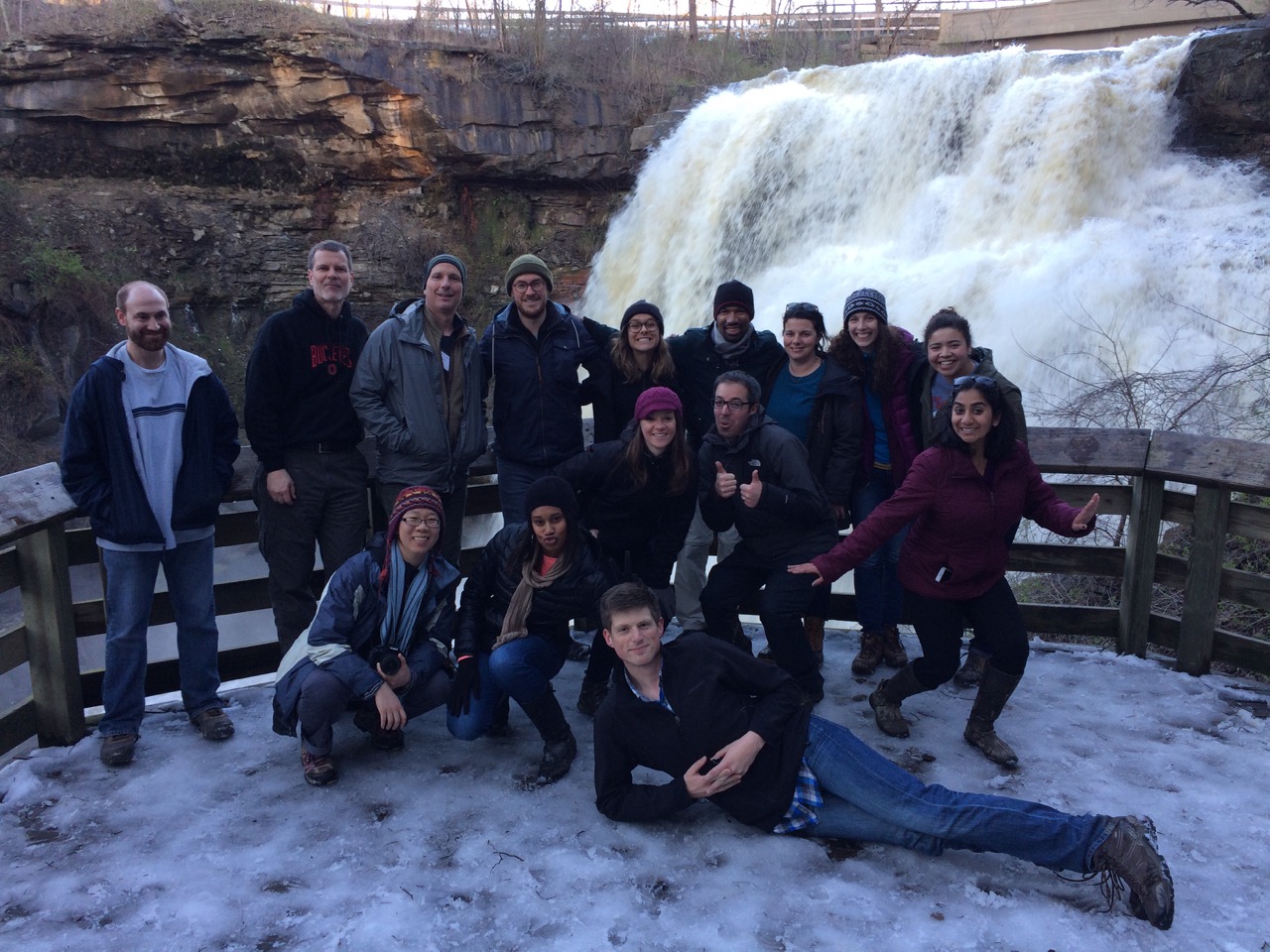
- Toured the water treatment plant in Toledo, Ohio to learn what's being done to prevent a future event like the 2014 algal bloom in Lake Erie that cut off the water supply of half a million people.
- Traveled to Flint, Michigan to talk with residents about how they're dealing with the aftermath of the lead crisis and met city and state officials trying to restore faith in the municipal water system.
- Spent a day in Walkerton, Ontario, where a deadly e. coli outbreak in 2000 brought the issue of drinking water security and agricultural runoff to the front page, leading to the creation of strict new water laws and the state-of-the-art Walkerton Clean Water Centre, where thousands of Ontario water providers have been trained to manage their own supply.
- Spoke with officials in Guelph, Ontario about their concerns over the future of their public drinking water aquifers as both their growing population and private water-bottling companies like Nestle seek to draw water from the same wells.
- Met with members of the Six Nations of the Grand River Reserve, to discuss ongoing water quality issues impacting many First Nations
- Learned how nutrient pollution and a resulting "dead zone" in Lake Erie complicate the job of the water department in Cleveland.
- Met scientists and engineers working on the latest clean water technologies.
- And much more. Read below to find out what else this group learned!
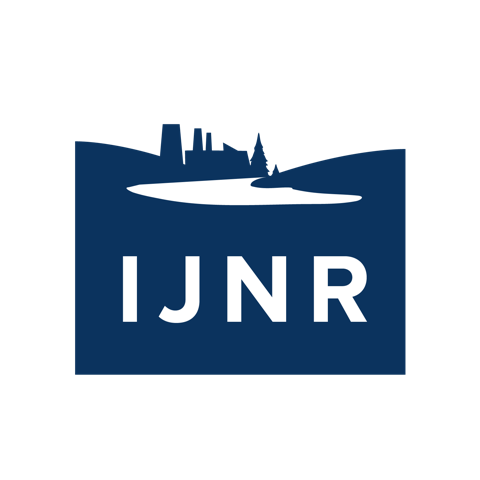










Cleveland, OH